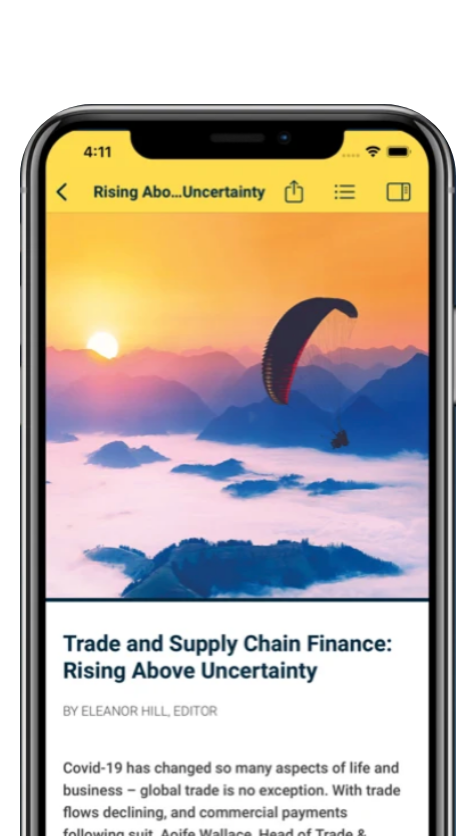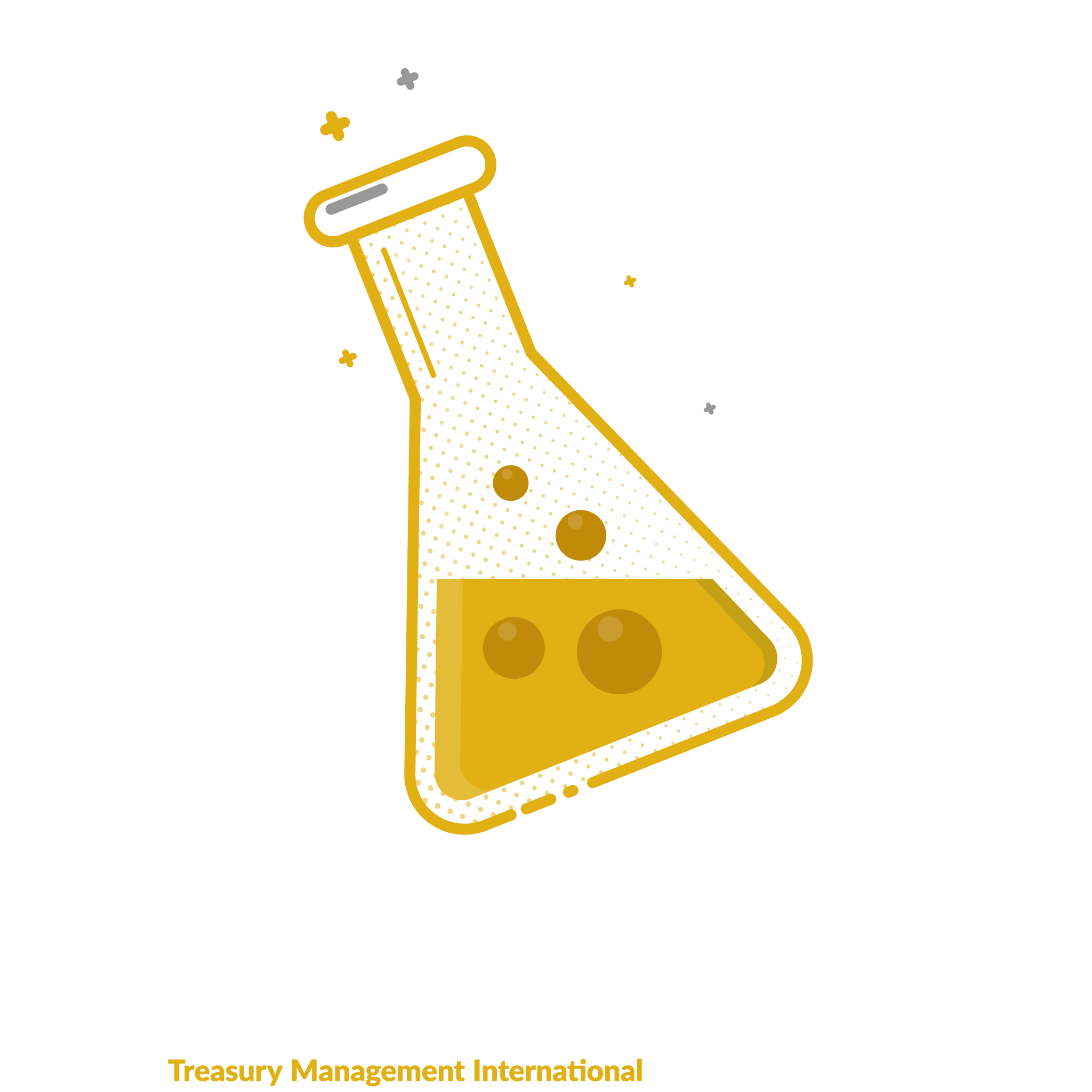Featuring Linda McDonald, Manager, Financial Settlements and Controls, PPL
During 2009, PPL embarked on a selection process for a new treasury management system (TMS) to provide treasury front-office capabilities for deal capture, risk analysis and cash management.
PPL has centralised its domestic financial activities into a treasury centre in Pennsylvania. Its European operations are managed through a centre in the United Kingdom which reports back to the head office but has a separate processing and technology environment. Our treasury centre is responsible for all the domestic treasury and cash management requirements across the United States. Payments and collections are managed in a central treasury operations group and over the past 10 years the processes have been consolidated but each group uses different systems.

Financial processing optimisation
Around five years ago, encouraged by requirements under Sarbanes-Oxley Section 404 and our own desire to increase financial and process efficiency, we completed a business case for a new system to combine payment and collections processing. We recognised the similarities between these two areas, and wanted to realise the potential synergies in processing and internal controls. Based on this business case, we established a single set of business processes. This was a particularly important element of our overall strategy as we maintain our own internal lockbox and process a very high volume of utility payments. This settlement centre incorporates imaging software and effectively acts as a digital mailroom. Payments and collection advices are generated within the business, approvals are conducted through front-office systems managed by the relevant departments, and approved instructions are then passed electronically to the settlement centre.
Sign up for free to read the full article
Register Login with LinkedInAlready have an account?
Login
Download our Free Treasury App for mobile and tablet to read articles – no log in required.
Download Version Download Version

















